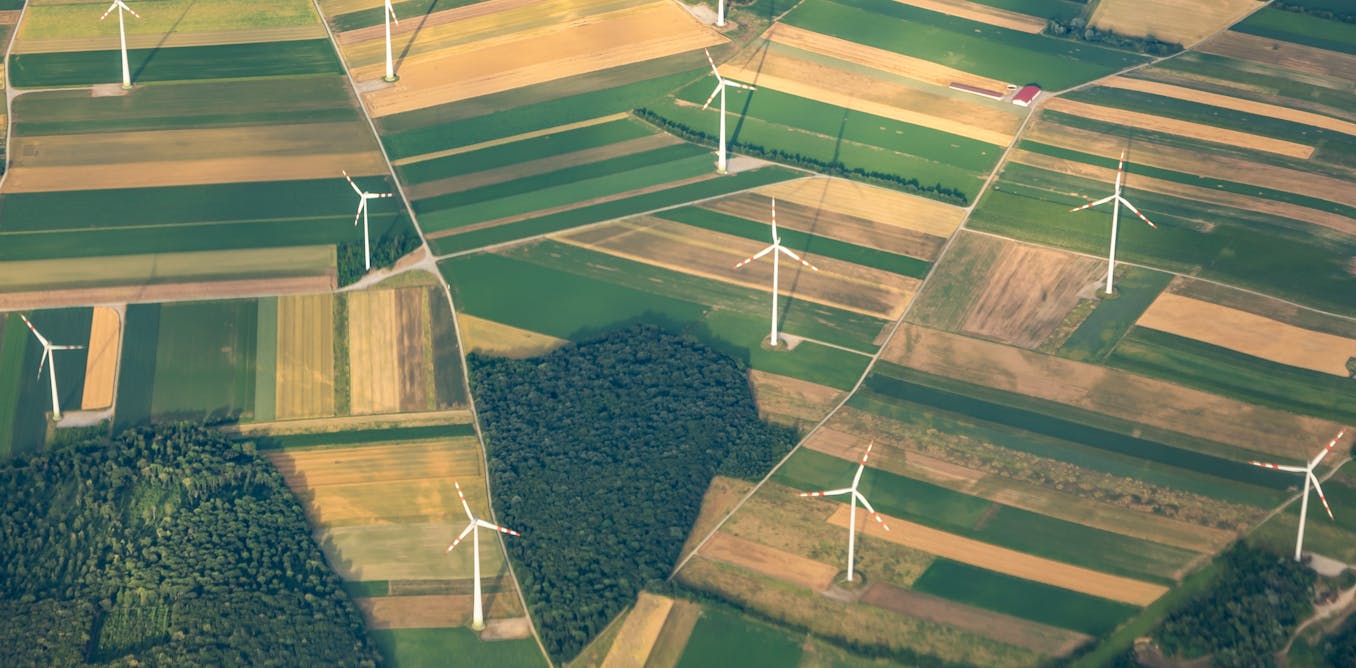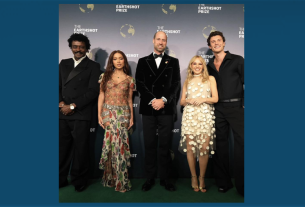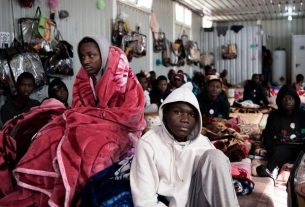“The European green deal is something we owe to our children because we do not own this planet.” These words date back to a few days before Christmas 2019. They defined Ursula Von Der Leyen’s first presidency of the European Commission but belong to what now seems like a different era.
Now, six years later, after the COVID-19 pandemic and one (still ongoing) war in Europe, what is left of the European green deal? How can we fix what does remain of it? And why are European voters suffering “climate fatigue” if climate change is accelerating? These are some of the questions that a forthcoming conference in Venice will try to address.
Acting to ensure the planet is habitable for our children is undoubtedly a moral imperative. However, for the EU it is one that requires at least two distinct (albeit connected) strategies.
The first is reducing greenhouse emissions in Europe. The second is convincing the rest of the world to do something with the 94% of the CO2 emissions that are produced outside Europe.
The history of the last ten years shows relative success on the former but far less on the latter. This may go some way to explaining why European voters are becoming frustrated – they feel they are doing their part and yet find themselves exposed to a crisis that is largely generated elsewhere.
Since the Paris agreement, which promised net zero CO2 emissions by 2050, the world has increased its pollution by 10%. In that time, the EU has cut its own by 13%. That said, Europe had started down this path long before it was binded into action by the Paris agreement. It had already cut emissions by 20% between 1990 and 2016.
EPA/Olivier Hoslet
Much of this progress is due to Europe’s comparatively weak economic growth and the pressure on European industries to avoid the costs of energy imports. According to a recently published paper the EU has done better than anybody else (if we consider the last 25 years) in terms of raising the percentage of energy consumption coming from renewables – even if it lags behind China on electrification.
This is a strong result but the EU has missed a number of important innovation trends that would aid the transition and reshape its economy in the process. China is still the greatest polluter but it is dominating parts of the renewables supply chain.
The EU dominates the ranking when it comes to the share of energy consumption coming from renewables. And yet it is China that dominates the supply of both solar panels and wind turbines.
Climate leadership
More worryingly, the EU has done very little to influence the speed at which the rest of the world is dealing with emissions. It should have made more of its emissions successes as a diplomacy tool to urge others to speed up their own transitions but it continues to struggle to find its place in a rapidly changing world.
Europe has often aligned itself with its greatest ally, the United States – such as in debates around the creation of the fund meant to compensate developing countries for “loss and damages” from climate change.
With the US now disengaging, Europe will be forced to find new partners at the next COP – and it does not appear to have come to terms with this challenge. In a recent example, Wopke Hoekstra, the EU climate commissioner, hit out at China for failing to set sufficiently ambitious climate targets while the EU has failed to set out its own.
Climate change doesn’t divide the world into good and bad – it separates the innovators from the defenders of the status quo. EU policymakers have mistakenly viewed climate change as merely a bill to pay rather than a chance to change. It focuses on regulations that companies and citizens need to comply with rather than the investments needed for creating endogenous industries and technologies.
This approach has backfired. Recent elections appear to have punished green parties and rewarded climate sceptics. However, European climate fatigue is at least not about denying climate change itself so much as questioning the approach being taken. That is something to work with. But Europe needs new ideas – and they may have to come from outside the Brussels bubble.



